What Are Fixed Assets? A Simple Primer for Small Businesses
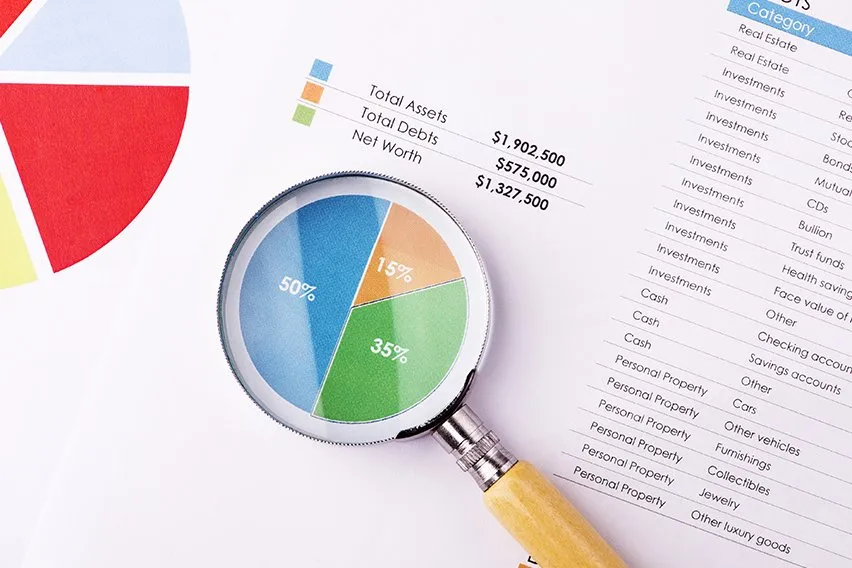
In accounting, fixed assets are physical items of value owned by a business. They last a year or more and are used to help a business operate. Examples of fixed assets include tools, computer equipment and vehicles. Fixed assets help a company make money, pay bills in times of financial trouble and get business loans, according to The Balance.
In this article, we’ll cover:

What Are Fixed Assets?
Fixed assets are physical (or “tangible”) assets that last at least a year or longer. They are purchased with the specific aim to help operate a business. Fixed assets are also known as capital assets, according to The Balance.
There are several types of assets. That said, all assets are the same in that they have financial value to a business (or individual).
Types of fixed assets common to small businesses include computer hardware, cell phones, equipment, tools and vehicles.
- For example, a dog walking business owner buys a van to transport her clients’ dogs to the park. She reads reviews and buys a business cell phone to stay in touch with her clients while on the road. She has a laptop she uses to invoice her clients, do marketing work and answer client emails. After a few years, she decides to expand her business and buys a building to run a boarding and grooming facility. There are all examples of fixed assets.
Fixed assets are different from items you might expense on your taxes. These items may last more than a year, but they are of lower value and are not major investments.
- For example, the dog walking business owner buys heavy-duty leashes, portable water dishes, a backpack and good shoes to make her job safer and more comfortable. She writes off these items on her taxes.
Some industries need more fixed assets than others in order to make products or deliver services. These include the construction, farming, transportation and fishing industries.
Fixed assets are important for three reasons:
- They are used to make money. You use your laptop to do marketing, which generates more business.
- They can be sold. If a major client disappears and your cash flow is in trouble, you could sell your computer server, for example, to keep your business afloat.
- They can help you get you a business loan. Fixed assets can act as collateral (or a guarantee of repayment). This means the lender can take your fixed assets if you don’t pay them back.
Learn how to calculate fixed assets by jumping to the section below.
What Are Net Fixed Assets?
Net fixed assets are your total fixed assets minus any depreciation on your fixed assets and any liabilities, according to Accounting Tools. Simply put, this means that you need to account for any decrease in value of your fixed asset.
- For example, the car you use for business purposes decreases in value year by year.
And you also need to account for any liabilities, like loans you owe on your fixed assets.
- For example, you took out a loan to buy a tractor for your small farm.
Net fixed assets are used by small business owners to figure out how much their total fixed assets are really worth or how much liability they have.
- For example, a graphic designer has $5000 in fixed assets but after he accounts for depreciations and loans owing on his fixed assets, he actually has a liability of -$100.
Gross fixed assets, on the other hand, are what we call simply “fixed assets” or fixed assets before taking into account depreciation and liabilities.
Find your net fixed assets by looking at your balance sheet in your accounting software. FreshBooks has cloud accounting software that makes finding and understanding your balance sheet simple.
People also ask:
- What Items Are Fixed Assets?
- What Are Fixed Assets on a Balance Sheet?
- What Is the Formula for Fixed Assets?
What Items Are Fixed Assets?
Fixed assets are tangible assets that last at least a year or longer.
Here are a list of items that are considered fixed assets, according to Accounting Tools and the Houston Chronicle:
- Computer hardware
- Computer software (only the most expensive types)
- Cell phones
- Furniture (filing cabinets, desks, sofas, chairs etc.)
- Fixtures (sinks, lighting, faucets etc.)
- Tools
- Machinery (production line machinery, tractors, lumber cutting etc.)
- Equipment (wrecking balls, pneumatic drills etc.)
- Vehicles
- Boats
- Buildings (includes trailers and warehouses)
- Costs incurred to improve a leased space
- Office equipment (photocopiers, fax machines, postage meter etc.)
- Land
- Modular office buildings
- Company or customer parking lot or garage
- Warehouses
What Are Fixed Assets on a Balance Sheet?
Fixed assets are usually found on a balance sheet in a category called property, plant and equipment, according to Dummies.
Use your accounting software to find the balance sheet, one of the major financial statements small businesses use. FreshBooks accounting software simplifies the process of finding and understanding your balance sheet.
Below is an example of a balance sheet:

Source: Dummies
Accumulated depreciation is subtracted from fixed assets to produce the line item: “cost less depreciation.” This is also known as net fixed assets. Cost less depreciation shows business owners the true value of their assets or even their total liabilities on fixed assets (if the number’s negative thanks to loans etc.).
Fixed assets can also simply be listed as “fixed assets” with a line item beneath to account for depreciation, like in the below example:
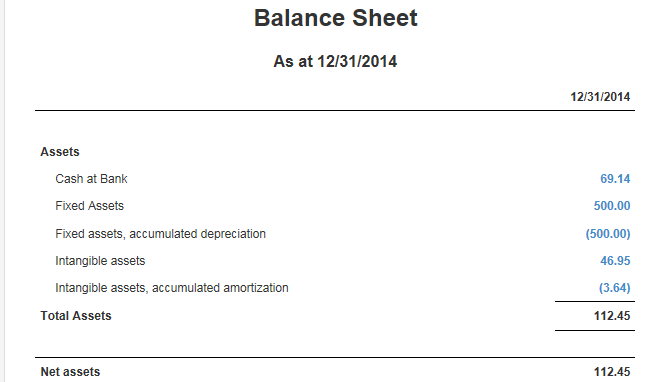
Source: Manager Forum
Depreciation is when an asset decreases in value, usually because of normal wear and tear. Most fixed assets decrease in value–a van gets old, a computer slows down, a tool wears out.
The IRS decides the rate that different types of assets depreciate. This depreciation then becomes a write off on a business’s taxes; there is no tax on depreciation. This IRS article has further information and the forms you need for your taxes to report depreciation properly.

What Is the Formula for Fixed Assets?
A formula is used when calculating net fixed assets, according to My Accounting Course.
The net fixed assets formula is:
Total Fixed Assets – Accumulated Depreciation = Net Fixed Assets
You can refine this formula further to make the result even more accurate:
(Total Fixed Asset Purchase Price + Improvements) – (Accumulated Depreciation + Fixed Asset Liabilities) = Net Fixed Assets
Improvements include any upgrades you make to an asset.
- For example, if you lease a space for your business and improve it by installing new lighting and carpets, you can add the cost of those improvements to the price of your lease when calculating next fixed assets.
Fixed asset liabilities are any debts owed on fixed assets.
- For example, if you take out a loan to pay for the new laptop for your business, this is considered a liability
The ratio of total fixed assets to depreciation is also useful. A higher number of depreciation means that a business hasn’t replaced their fixed assets in a while. An owner could look at this number and decide if they need to replace anything to improve their operations.
- For example, $10,000 : $2000 vs. $10,000 : $7000 (equipment may be outdated)
Investors also use this ratio to decide when a company may be purchasing major new fixed assets.
RELATED ARTICLES

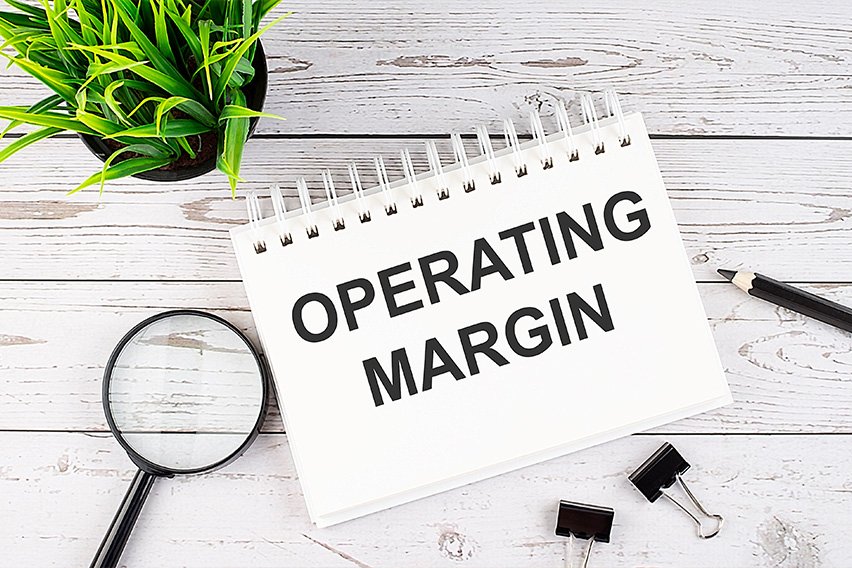 Operating Margin Equation: How to Calculate
Operating Margin Equation: How to Calculate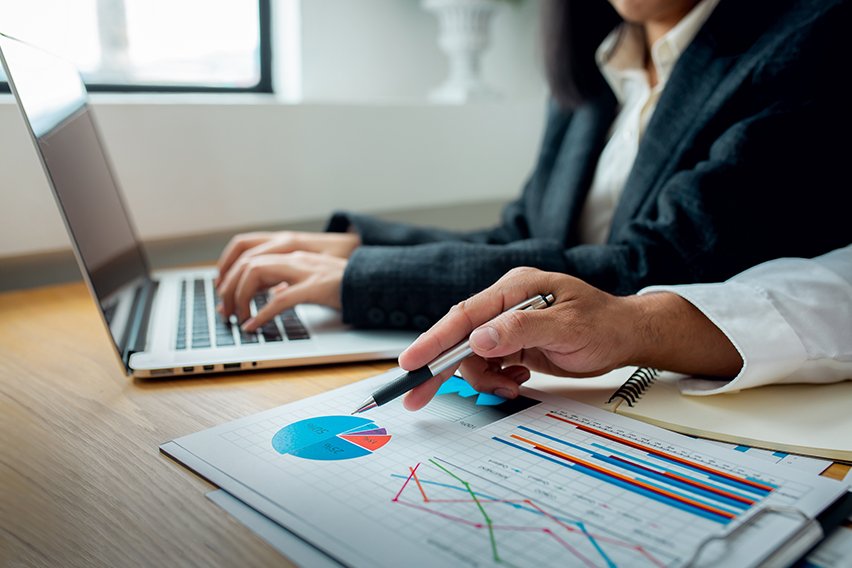 Is Service Revenue an Asset? Breaking down the Income Statement
Is Service Revenue an Asset? Breaking down the Income Statement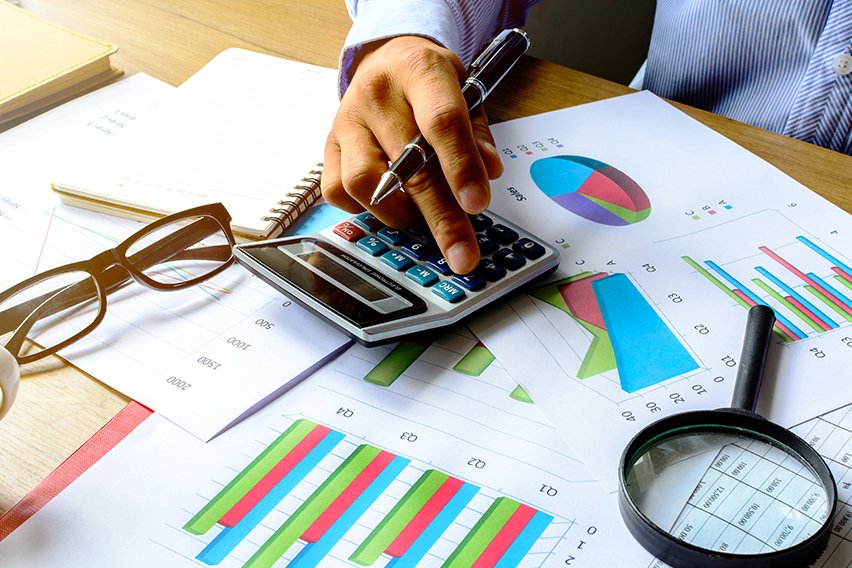 Chart Of Accounts: Definition, Types And How it Works
Chart Of Accounts: Definition, Types And How it Works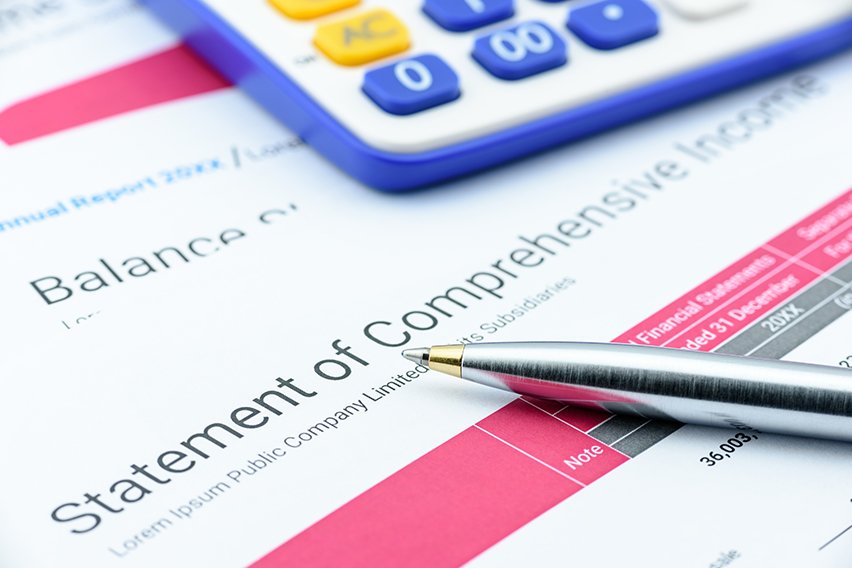 What Is Comprehensive Income? It’s Income Not yet Realized
What Is Comprehensive Income? It’s Income Not yet Realized What Is Double-Entry Bookkeeping? A Simple Guide for Small Businesses
What Is Double-Entry Bookkeeping? A Simple Guide for Small Businesses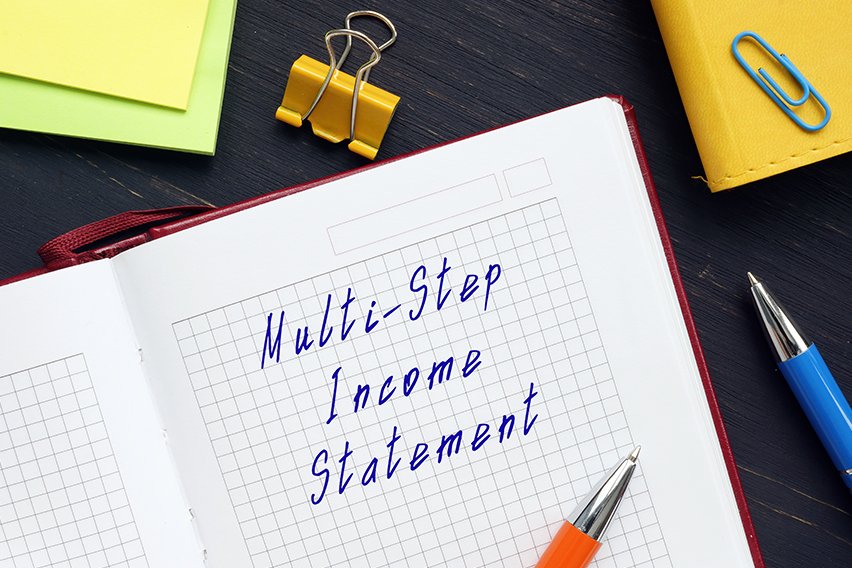 How to Create a Multi-Step Income Statement: A Guide to In-Depth Financial Reporting
How to Create a Multi-Step Income Statement: A Guide to In-Depth Financial Reporting